Sandwich manufacturers could reduce the carbon footprint of their products by as much as 50% through recipe changes and waste reduction, a study by The University of Manchester has found.
The suggestions come as part of a study by scientists at the university, which investigated the carbon footprint of 20 different ready-made sandwiches and 20 homemade sandwiches.
The all-day breakfast sarnie was revealed as having the largest carbon footprint of ready-made sandwiches, followed by ham & cheese and prawn mayo. Meanwhile, egg mayo & cress, chicken & sweetcorn and tuna & sweetcorn fared better, with nearly half the carbon footprint of the worst offenders (see full list below).
“Given that sandwiches are a staple of the British diet, as well as their significant market share in the food sector, it is important to understand the contribution from this sector to the emissions of greenhouse gases,” said Professor Adisa Azapagic from the University’s School of Chemical Engineering and Analytical Sciences.
Up to two-thirds (37.3-67.1%) of a ready-made sandwich’s carbon footprint can come from the agricultural production and processing of ingredients. As such, big carbon savings can be found here.
Changes in recipes can considerably influence the carbon footprint, according to the study.
For example, small reductions in the amount of meat, eggs and cheese used in ready-made sandwiches could reduce their impact by 1.1-10%. Excluding lettuce and tomato could lower the footprint by 3.3-8.9% and avoiding mayonnaise by another 1.7-8.4%.
Changing recipes comes with its own complications.
“Any changes to the sandwich recipes, aimed at reducing the carbon footprint, need to be acceptable to consumers and, in turn, to sandwich producers. In addition to taste, other requirements must be considered, including product quality, safety, ease of preparation in commercial conditions and nutritional value,” the report stated.
However, other opportunities offer up a carbon reduction of up to 20%.
A 3.1-8.5% reduction can be achieved by lowering the amount of food waste in the supply chain and moving away from sending materials to landfill. Packaging, albeit a small contributor to ready-made sandwiches’ overall carbon footprint, at 8.5%, also offers opportunities.
The research noted that changes to food labelling to increase the use-by date also presented an option, although this path went beyond the scope of the study.
“We need to change the labelling of food to increase the use-by date as these are usually quite conservative. Commercial sandwiches undergo rigorous shelf-life testing and are normally safe for consumption beyond the use-by date stated on the label,” Professor Azapagic added.
Early in 2017, the British Sandwich & Food to Go Association released new ‘use-by’ guidance to help retailers extend the use-by date of sandwiches and other chilled foods.
Ready-made sandwiches with largest carbon footprint (CO2/sandwich):
- All-day breakfast 1,441.3
- Ham and cheese 1,349.5
- Prawn and mayo 1,254.7
- Egg and bacon 1,182.4
- Ham salad 1,119.1
- Cheese Ploughman’s 1,112.1
- Sausage and brown sauce 1,087.2
- Double cheese and onion 1,078.4
- Cheese & tomato 1,067.3
- Roast chicken and bacon 1,030
- Bacon, lettuce and tomato 1,007.4
- Ham and mustard 1,000.5
- Roast chicken and stuffing 991
- Ham and mayo 978.2
- Cheese and mayo 976.2
- Chicken salad 963
- Cheese and pickle 956.4
- Ham and egg 947.8
- Tuna and cucumber 942.9
- Chicken and mayo 887
- Free-range egg and rocket 853.8
- Tuna and sweetcorn 851.6
- Chicken and sweetcorn 769
- Egg mayo and cress 739




















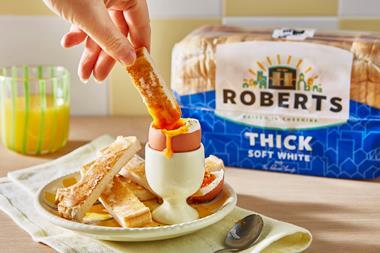




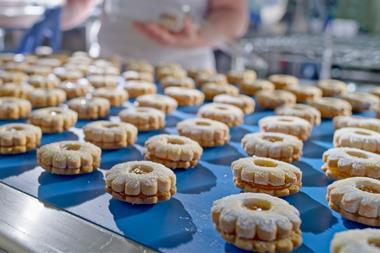

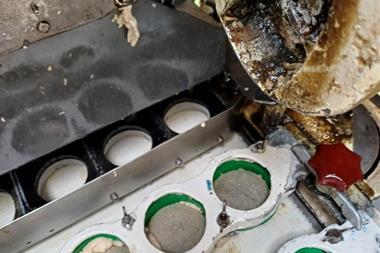
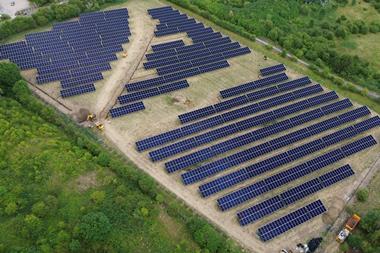
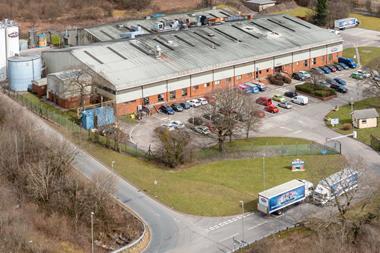
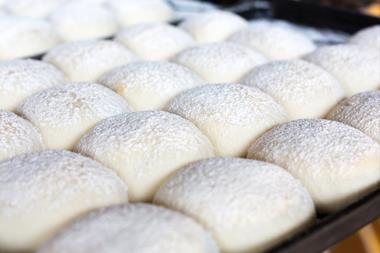

No comments yet